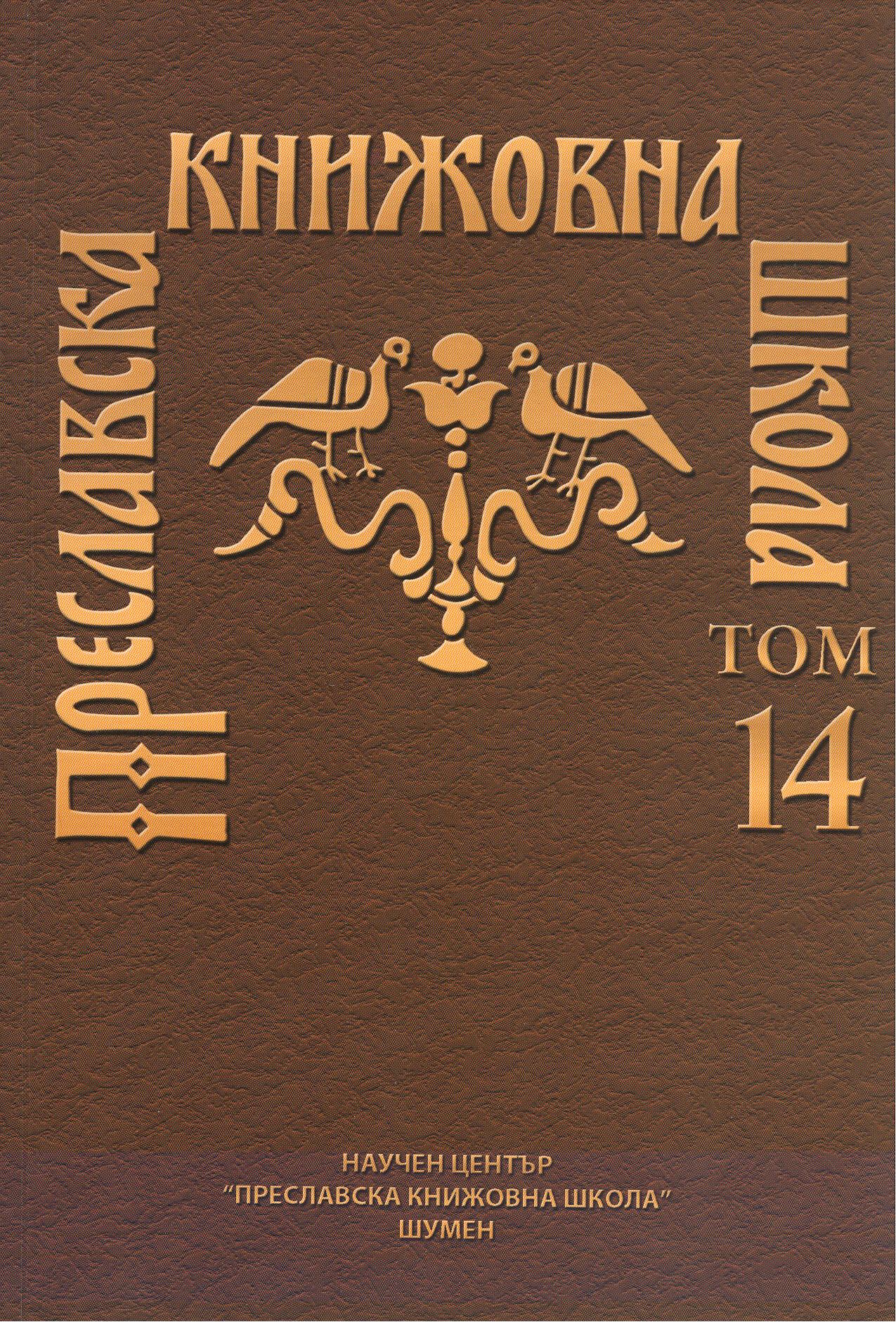ЛЕОН ТАЙНОПИСЕЦ
LEON THE CRYPTOGRAPHER
Author(s): Veselin PanayotovSubject(s): Language and Literature Studies, Studies of Literature, Bulgarian Literature, Philology
Published by: Шуменски университет »Епископ Константин Преславски«
Keywords: Slavonic hymnography; Leon the Cryptographer; Bulgarian Golden Age
Summary/Abstract: The paper deals with the newly-found Slavonic hymnography and Cyril and Methodius’s disciple Leon the Cryptographer. Fourteen works, which contain his acrosignature or mention his name, have been presented. Along with that the following theoretical and historical conclusions have been made: 1. The acrostic is a phenomenon characteristic of both the original works of the Slavonic hymnographers and their translations. 2. All the fields in the acromodel are equivalent and the reading could start from any of them. 3. One acrostic could unite different genre forms as well as a series of texts (cycles) or randomly chosen concrete texts. 4. One text could contain more than one acrostic; two acrophrases, an acrophrase and an acrosignature, and so on. 5. The acrostic is usually different from its program. 6. The acrostic alphabet, although shorter than the normal one, created rules with the help of which it can replace all the missing letters by substituting them with some universal signs or present hem with abbreviations. We can make the following conclusions from a historical point of view: 1. The Slavonic liturgy books (Triodes, Octoich, Service Mineis) were created gradually, not just according to the annual cult cycle but also by adding other levels in the collections, e.g. second and third cycles of canons. 2. All liturgy collections with hymnographic texts were begun as early as the time of Cyril and Methodius (in Bulgaria and Moravia) and formed in full during the Golden Era. 3. They were usually created by a group of authors who distributed among themselves the tasks connected with the collection itself as well as with a certain cycle or even with a concrete text. From this point of view the characteristic features of the Slavonic hymnography reveal their original peculiarities. A number of new unknown author teams could be discovered as well as separate hymnographers. In this way the real range of the Bulgarian Golden Age and its influence on the Slavonic Orthodox culture could more easily be discerned.
Journal: Преславска книжовна школа
- Issue Year: 2014
- Issue No: 14
- Page Range: 390-425
- Page Count: 36
- Language: Bulgarian

